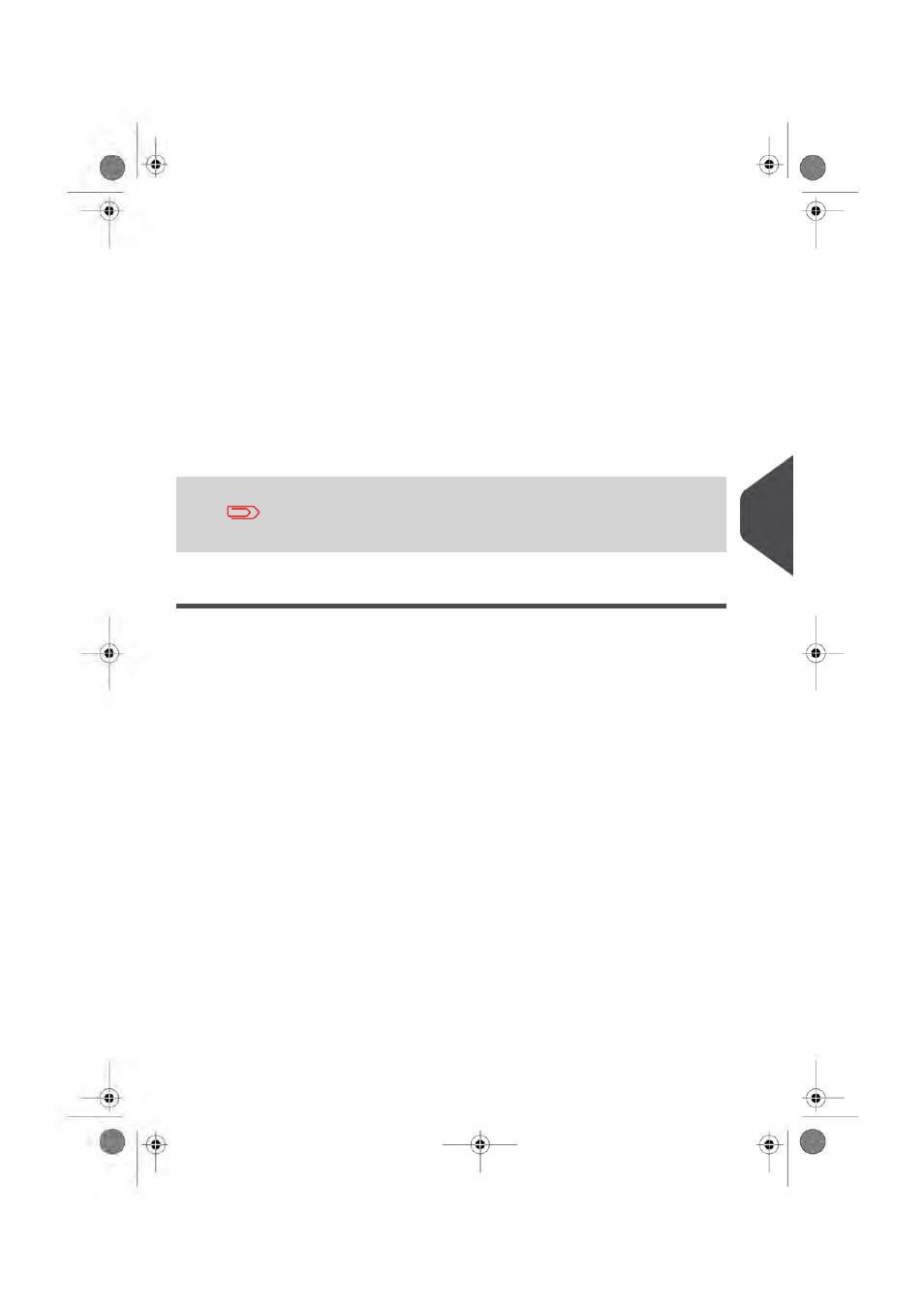Reverse reading, En glish, General requirements for printing codes – Formax 6404 Series User Manual
Page 78

General requirements for printing codes
If you print documents for reading:
• Make sure the ribbon or toner quality is sufficient.
• Print the code in black.
• Codes on the same sheet must have equal intensity.
• Print the code at the same position on every sheet.
• Be aware of "background noise". The reading function can be disturbed by: color
changes on the form, background design and a logo or copy on the opposite side of
the sheet that will bleed through.
• For matrix printers near letter quality (NLQ) printed characters are preferred to obtain
maximum blackness (double strike).
For more information on how to print a reading code on your
document, contact your service organization.
Reverse reading
Reverse reading means that the insert mark (OMR) is on the first page of the set. The
system will detect the end of a set by detecting the first page of the next set. In case of
BCR use the Customer ID to complete a set. If the ID changes, the set is inserted.
When reverse reading is used, the reverse reading symbol is shown in the "Job info" screen.
In case the feeder runs empty, the last set is still on the collator because the beginning of
the next set could not be detected. In this case the feeder empty message contains
an
[Ignore] function. By pressing the [Ignore] button the set on the collator will be inserted.
Because of the feeding and collating principle, reverse reading has the following limitations:
• The last mark of the code should be printed maximally 85 mm (3.3 inch) from the
top.
• Enclosures and selective enclosures cannot be handled.
7
En
glish
71
| Page 71 | jan-06-2012 13:58 |
